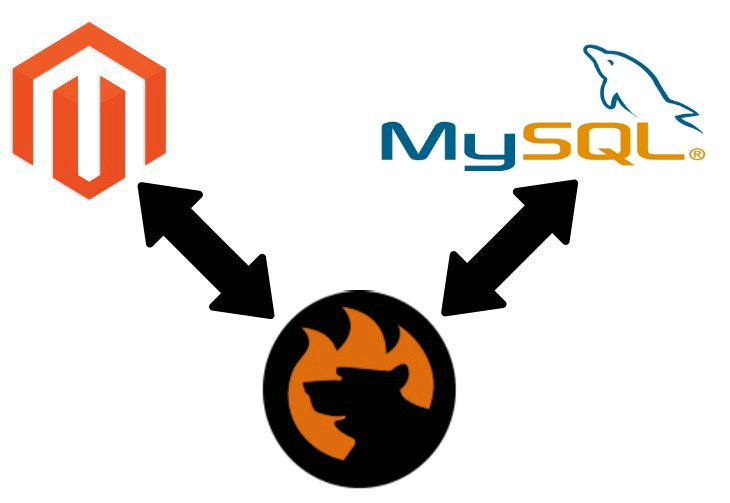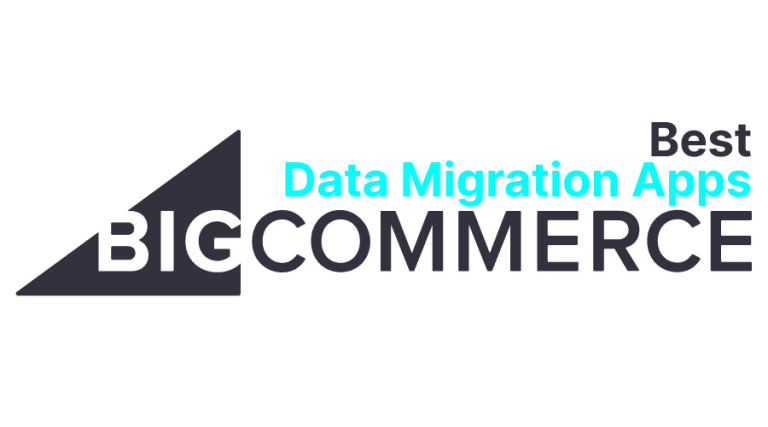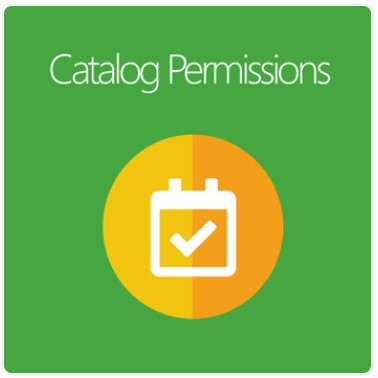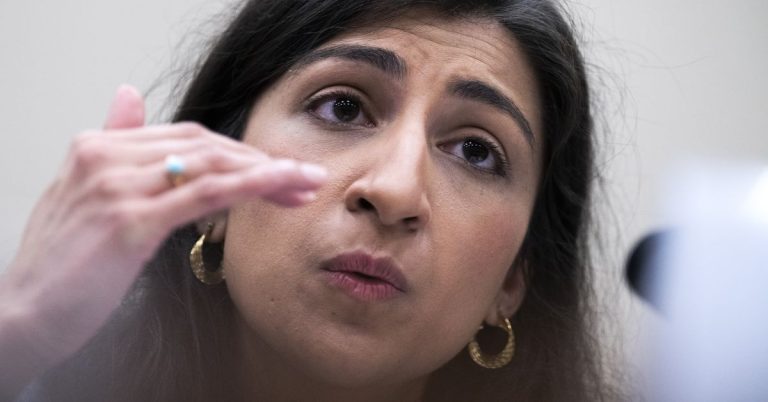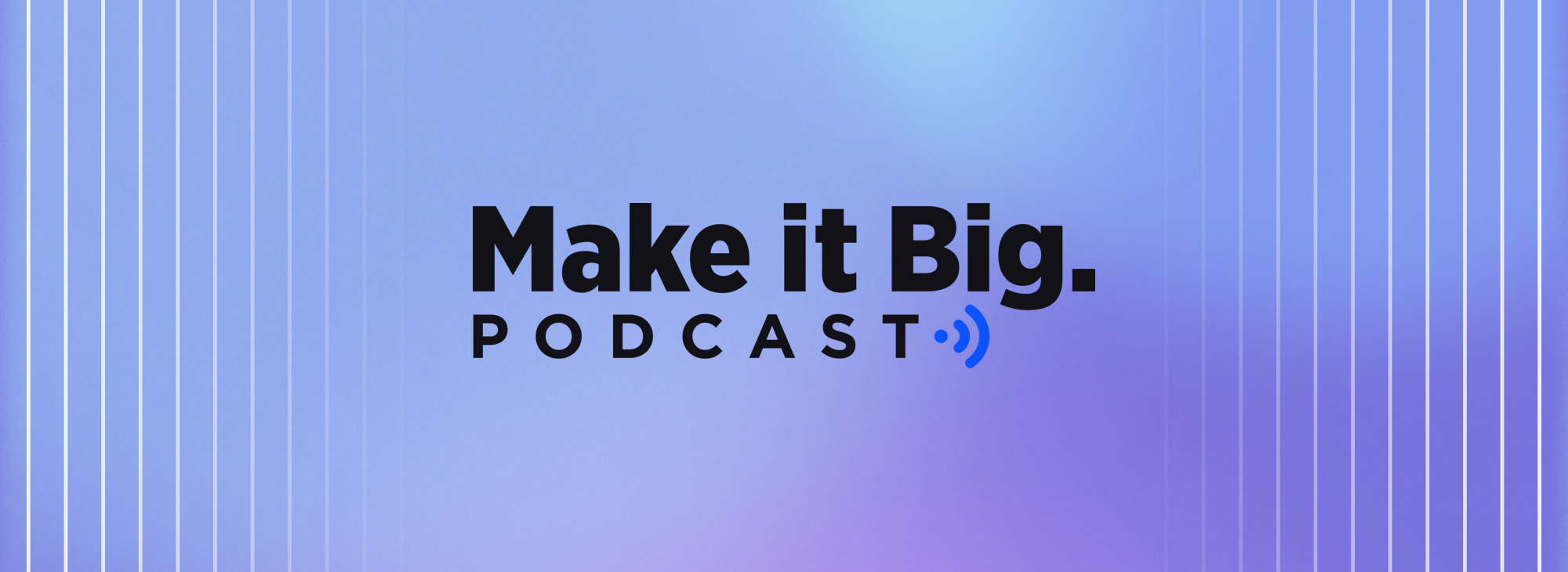
Welcome to The Make it Big Podcast, a bi-weekly audio series about all things ecommerce by BigCommerce.
One year after the pandemic, the way consumers shop has massively changed. BigCommerce and PayPal surveyed 3,000 consumers in our 2021 Consumer Spending Trends Report to better understand how and where today’s consumers are spending.
PayPal SVP Dan Leberman joins the Make it Big Podcast to dissect the data and help you understand where consumers are shopping, which channels they prefer, how they opt to pay and more. From digital wallets and QR codes, to Buy-Now-Pay-Later (BNPL) and Buy-Online-Pickup-In-Store (BOPIS), we cover the latest emerging spending trends so you can better understand your customers now — and in the future.
All episodes of The Make it Big Podcast are now available on Spotify, Apple and Google.
The Make it Big Podcast: Episode 7
Shelley Kilpatrick: How has this shift to online shopping changed the way people discover new products?
Dan Leberman: “Well, the trend that we’ve seen for several years is that all of us, and we know this from our own consumer behavior –– as well as what the data tells us –– but we are operating as consumers in between these channels seamlessly. We’re Googling on our phone to discover a product while going into a store to actually look at it, and then fulfilling on a direct to consumer ecommerce site. And we as consumers are thinking about that in a fairly seamless way. Not only is this true at the discovery stage, but all the way through into the purchase and post purchase experiences that merchants are delivering to consumers.
“Now, one of the newest trends that I think is going to sound old to us, is about how that interacts with mobile. And some of the data from the research here, about 85% of consumers are making a purchase on their mobile device at least once a month, and that just speaks to the universality or ubiquity of the mobile device and the role that it’s playing in almost everybody’s lives.
“I think that that data point that talks about how much people are using mobile to shop at least once a month, I think you’re going to start seeing once a day as the real standard there. Capturing experiences that are easily digestible on mobile is absolutely a priority. But it’s not only about mobile, it really is about these many different interaction channels that consumers and sellers find themselves in. And if you look even to the newer trends on this, which again, will feel a bit old to us at this point, social media. Yes, consumed on the mobile device, but as a unique channel where you’re discovering products, and where you can even increasingly check out through that social platform. Well, that’s just the newest version of operating in multiple different experiences and different channels. I think we’re only going to continue to see that proliferate –– more channels to sell, more ways of engaging different segments of consumers –– and it will lead to experiences that are much more seamless and integrated, even though they are diffuse across multiple different channels.”
SK: One of the most frequent questions we get from merchants is how many payment methods should they offer? Do you offer fewer options to keep the checkout page straightforward, or do you offer every possible option in the world including cryptocurrency so that consumers like me who like convenience have flexibility? So, Dan, settle the debate once and for all — what should they do?
DL: “The answer is both. But let me explain how that’s even possible, because it is a good question. We can all picture that, for a business that wants to sell globally, if you were to present every payment type that’s relevant, and every market around the world you want to sell in, it would be a very long page of payment choices that would surely drive down conversion. And we’ve seen this in some use cases. But most merchants would just refuse to do that in the first place, because they know intuitively that is not a good experience for their consumers.
“Nonetheless, you know that if you want to be in France, you have to be able to present Cartes Bancaires, the local debit scheme. If you don’t do that, there are 35% of your customers that may not check out. Now, I’m embellishing the numbers here for effect, but there are payment types that are unique to individual markets around the world, and unique to certain segments of consumers, even within a market that become relevant at scale to merchants. You can’t just ignore the ones you haven’t heard of.
“How do you do both? How do you have few choices but all choices? The key is you have to pick a provider that can do that for you, that can use data to present the right kind of checkout option to the consumer based on the measurable criteria that they can intake through the checkout process. Geolocation, vaulted information about payment types, cookies…and there are multiple ways that you can triangulate to get to the right payment type, but the key is that you do have a partner who can present whatever the right payment type is at the right moment to the right customer. Of course, that’s what PayPal specializes in. It is part of our broader offering beyond just presenting the PayPal wallet. We have what we have called smart payment buttons that allow us to present these other payment types that exist in many markets around the world.”
SK: How can merchants ensure they’re offering that payment flexibility in-store as well, and how important is that?
DL: “It’s a very interesting question. It does intersect with pandemic-related trends of consumer behavior in-store. There’s a lot of change going on, but it’s not all totally brand new. You could go through a long history of different types of wallets and use cases in a physical environment, and what you’d see is, 20 years ago in Hong Kong, there is something called the Octopus Card, which is a way of paying with your phone to get onto the subway and paying in convenience stores. It was an in-store digital wallet that in my estimation was wildly successful. Those kinds of examples exist in other markets around the world.
“By the way, somebody should probably fact check me on that market and that name. But I think that’s accurate. But –– let’s see how that fact check goes –– there’s something in that vein that’s very true, and it’s happened in multiple markets around the world at different points in time. What you’ve seen in the United States is, until recently, the incremental convenience, the incremental benefit of tapping your phone wasn’t really that valuable to people.”
Want even more Make it Big insights? Stream the 2021 Make it Big conference on demand today.
WATCH ON DEMAND
SK: How is buy-now-pay-later different than credit? And why do you think it might resonate better with Millennials and now Gen Z?
DL: “It’s related to what we were talking about in terms of the simplification of what you’re doing when you’re paying over time. What you see is, just as one example, the $100 item that you might buy and spread over for payments, they explicitly tell you the fee that you will pay to do that. It’s not an interest rate that you have to calculate. It will say, “It’s four payments of $26 and that includes a one dollar fee each time.” It’s a much more digestible message around what it costs to defer payment, and I think that’s one piece of it.
“The other piece of it, as you look at not only PayPal, but some of the other providers in this space, is the experiences that surround that. You see, what we’re doing with shopping is similar to what some of the other wallets are doing around how do you tie together what you learn about a consumer, what they show they are interested in purchasing, but also what is deserving of deferring payment.”
SK: What is the key takeaway for merchants creating that seamless, offline, online shopping experience?
DL: “Anybody that says that retail presence is dying, it’s a misstatement about the importance of a physical presence in a balanced world of physical and digital experiences. While the trend lines show more and more commerce is taking place digitally, and this is where I don’t know the exact number, but I still think 20% or less is happening in digital channels. 80% of commerce is still happening in physical channels, and this is in developed markets. It’s even less than that in many of the growing markets around the world. It is of course, hugely relevant to still engage with consumers in a physical channel. But I think the new horizon is really about the interaction between channels and the nimbleness of being a seller that has product or services that are being coordinated and delivered across different channels.
“And the channels themselves can start to play different roles with each other. More specifically, as it relates to businesses that have existing physical retail experience, there’s a very powerful need for people to take delivery to experience to be interacting with the physical product, not only to finalize the purchase, but also to literally take delivery of it and to deal with returns and repairs and other service issues. I think the short way of putting it is physical retail is increasingly about that fulfillment experience and that post transaction set of benefits that you can deliver to customers, more than it used to be, and more than I think it’s about browsing and discovery. That’s where engaging in a –– this word’s used a lot –– but an omnichannel strategy, where you think about discovery across all channels, you think about purchase across all channels, and you do think about fulfillment in this kind of hybrid way. That’s where merchants can really focus and get some value.”
For full episodes, stream The Make it Big Podcast on Spotify, Apple and Google.



